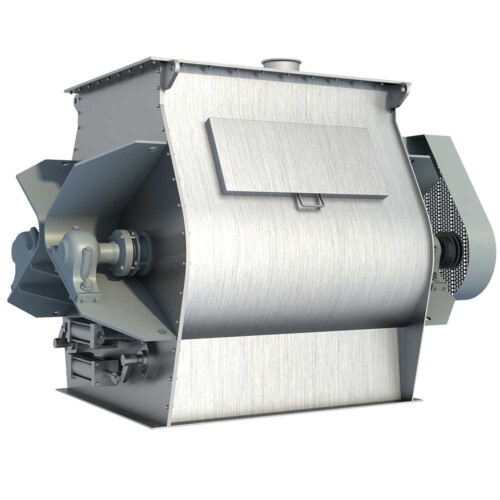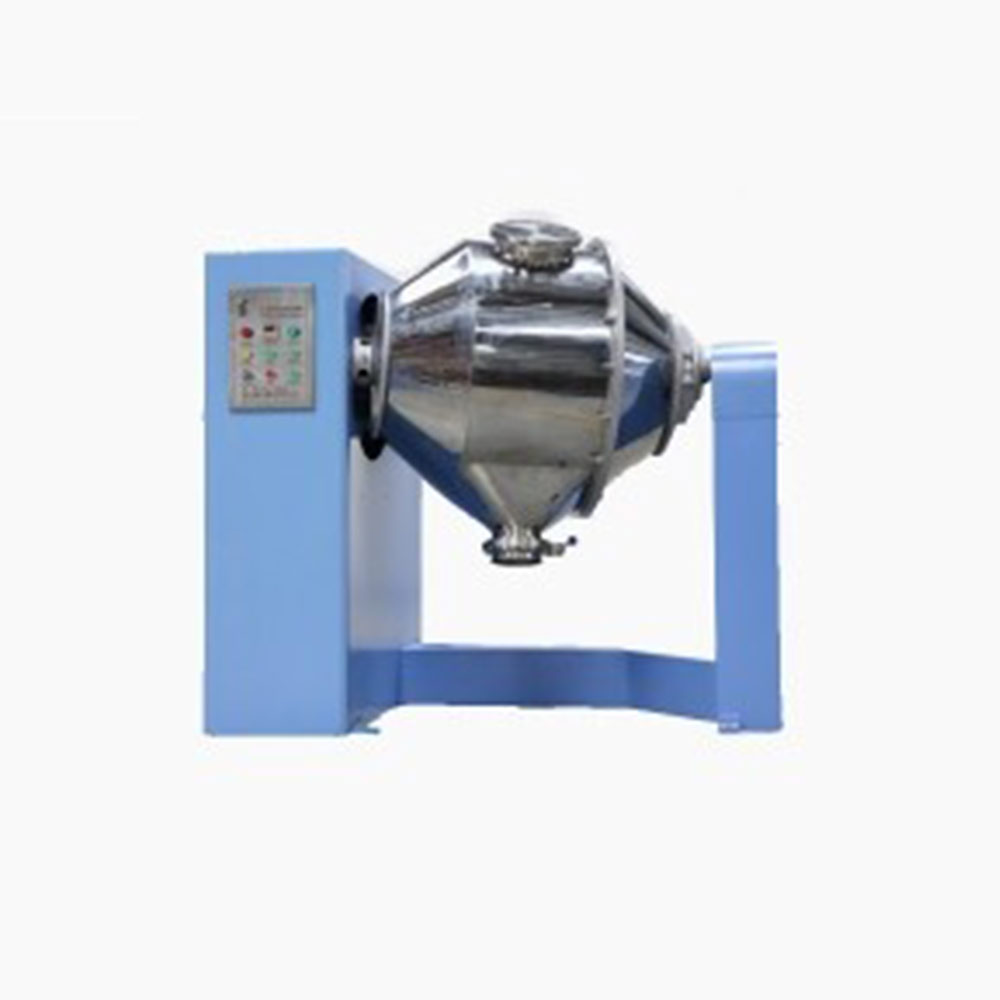Ask An Expert
Frequently Asked Questions
Yes, We can supply simple stand alone panels or automated PLC controlled systems. We normally install and test all controls on our mixers before they are shipped.
Yes, we normally test the mixers before they are shipped and mark out the wire need to connect on the control box.
We manufacture specialty mixing equipment for powder & bulk materials. Included are ribbon blender, plough mixer, conical screw mixer, twin shaft paddle mixer, V blender, double cone blender and other auxiliary equipment such as screw conveyor, quantitive auger filler.
We sell across the world, our cusotmers distribute 5 continents.
Share Us With Your Network
Choosing a batch mixer among horizontal ribbon mixer, double shaft paddle blender, concial screw mixer
Q: I’m confused by the variety of mixers available, such as ribbon blender mixer, conical screw mixer, double cone blender, paddle blender, plow mixer, etc. How do I know which type to choose for my batch process?
A: Three basic types of mixers are available for batch operation: a tumble blender, an impeller-driven mixer, and a multiple-motion mixer. All three can work well for mixing, but each is west suited for a slightly different application.
A tumble blender is an enclosed vessel mounted on trunnions or legs. In operation, the vessel revolves end over end, gently mixing ingredients while causing only limited particle size reduction.

double cone blender, powder mixer
The unit is commonly used for friable materials and pharmaceuticals. A tumble blender can be equipped with a highspeed processing bar, which is a rotating bar mounted across the vessel’s center. The bar creates some shear during miXing and is often used when some particle size reduction is desired. More commonly, the bar is used for wet granulation, in which a liquid binder is added to the vessel to attach small particles to larger ones to prevent segregation during later processing steps. During wet granulation, the bar helps fluidize the particles before they contact the liquid binder.
An impeller-driven mixer, also called ribbon blender mixer (Figure 2) typically has a U-shaped horizontal trough with an impeller that consists of a shaft mounted with plow blades or pitched paddles. Two common impeller-driven units are a ribbon mixer and a plow mixer. In operation, the impeller rotates, aerating the particles and creating a fluidized bed that produces excellent mixing results. The impeller’s action creates more shear on the particles than a tumble blender’s action, but usually causes only slight particle size reduction. The mixer is sometimes used for mixing pastes.

Figure 2: ribbon mixer
A multiple-motion mixer can be one of two types: a double-shafted mixer with paddles or plow blades or a kneading mixer. A double-shafted mixer (Figure 3) typically has two horizontal impellers consisting of shafts mounted with paddles or plow blades;the paddles or blades on one shaft overlap those on the other shaft. In operation, the impellers counter-rotate, fluidizing and mixing the material. The mixer is used for powders and some moist materials. A kneading mixer (also called a double-arm kneading mixer) typically consists of either a horizontal or vertical cylindrical housing enclosing two impellers. The impellers sometimes can rotate around each other, creating planetary rotation, and can also overlap or intermesh. In operation, the impellers counter-rotate, fluidizing and kneading the mixture. The mixer is frequently used for mixing pastes, because its kneading action allows reactions to go from dry to paste phases when liquid is added. The kneadng action also makes the mixer suitable for drying mixtures to produce solids or powders. When used for drying, the mixer uses a heated air stream, a heat jacket, or even an open flame to dry the materials and, typically, a small purge stream to remove moisture vapor.

Figure 3: Double Shaft Paddle Blender
Ask An Expert


















